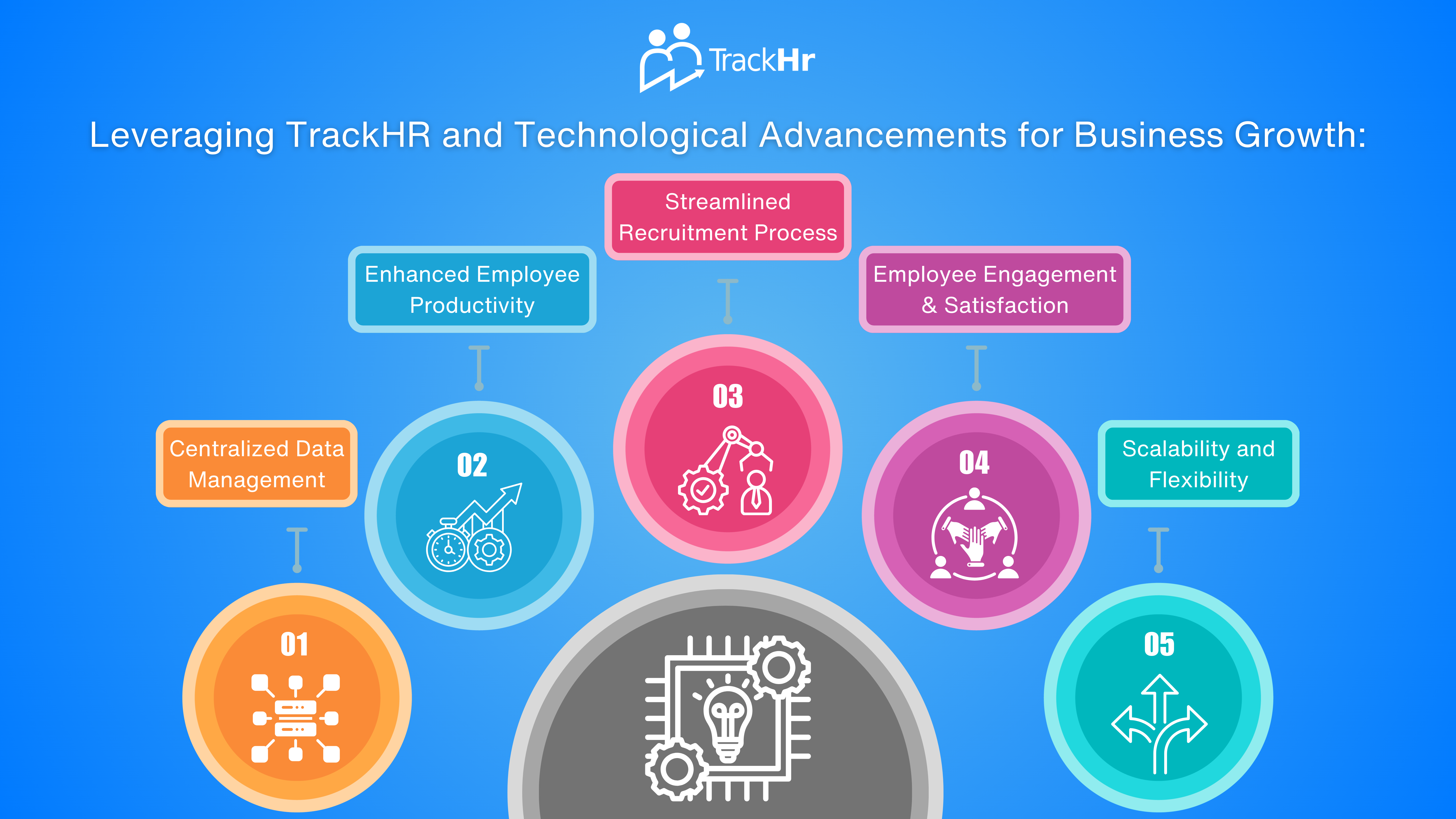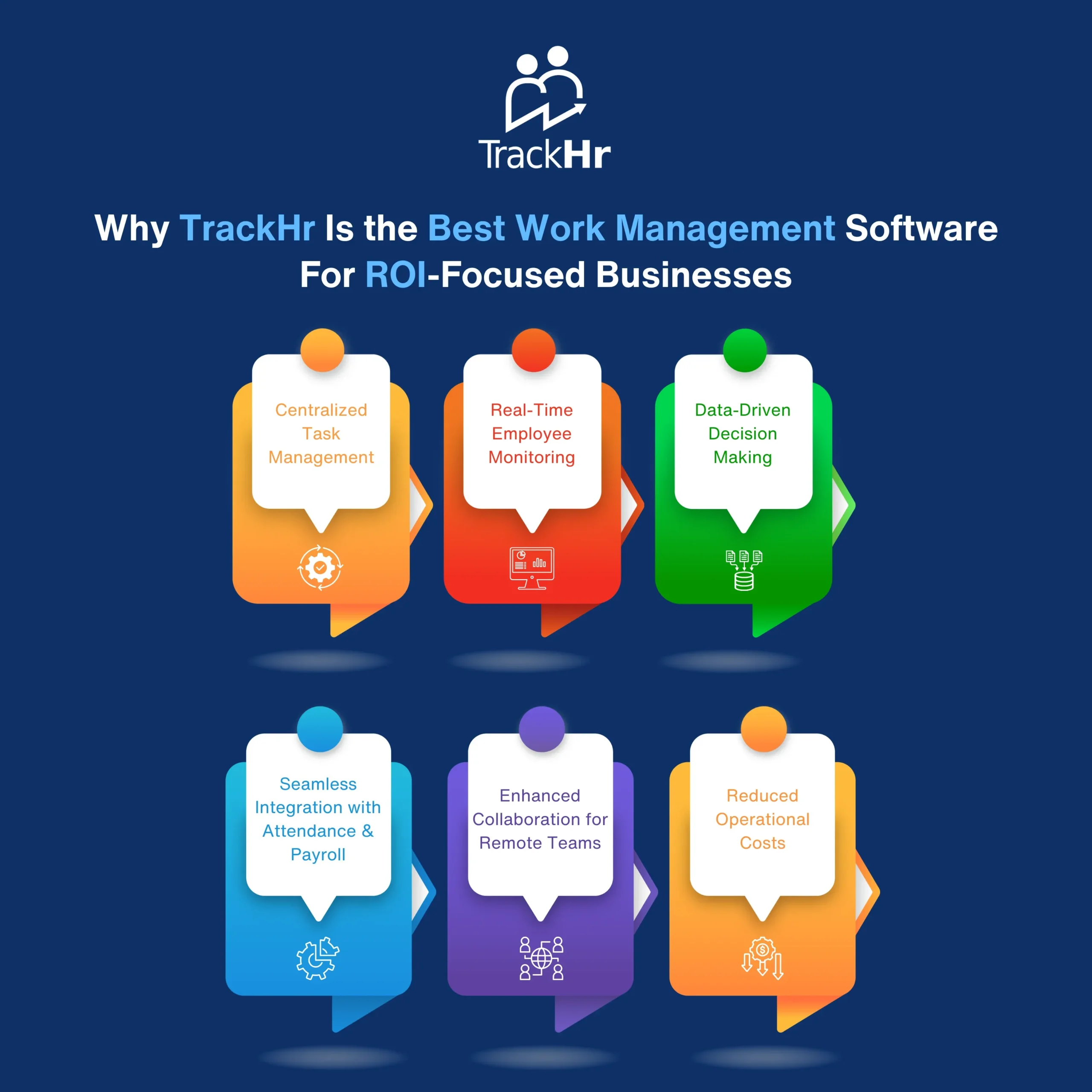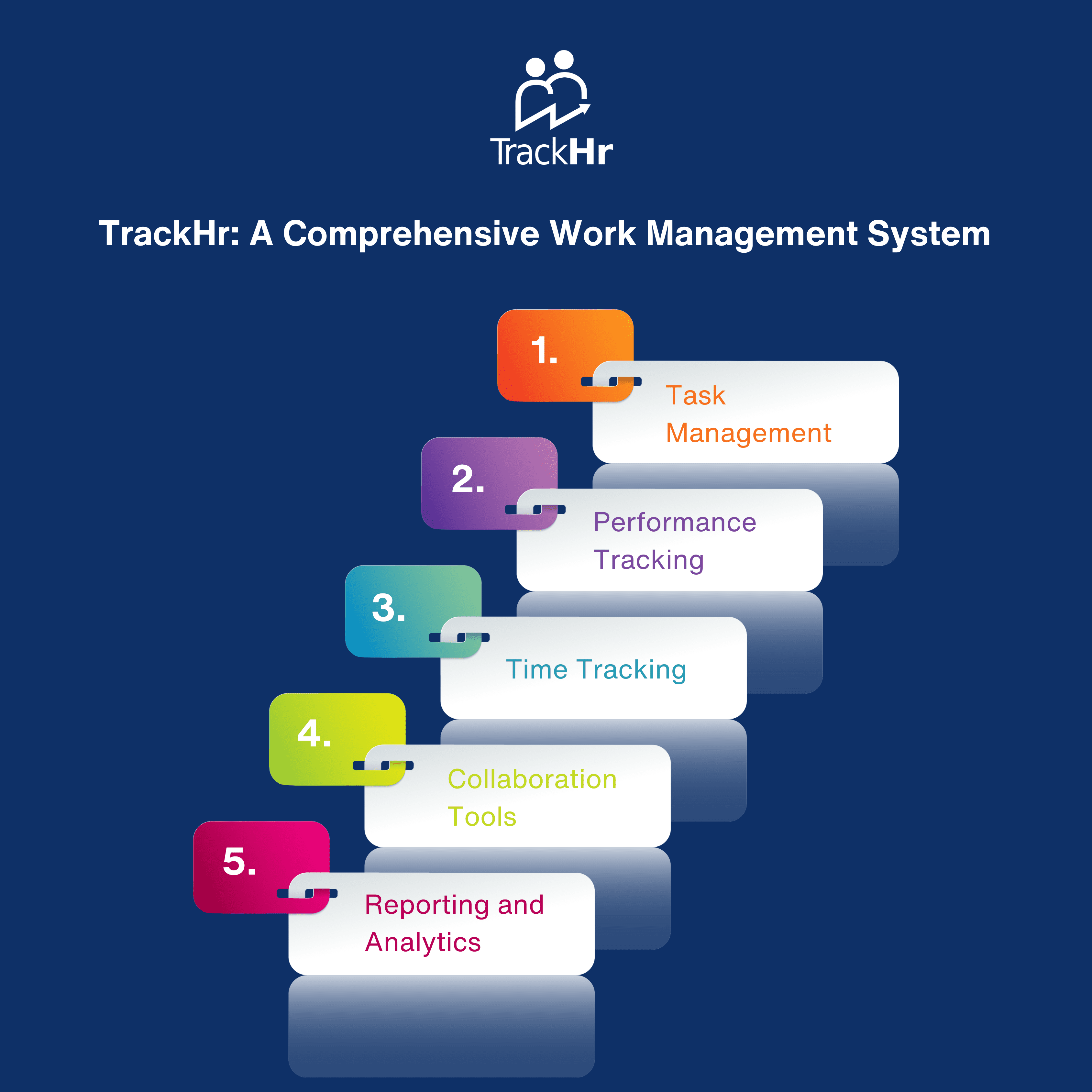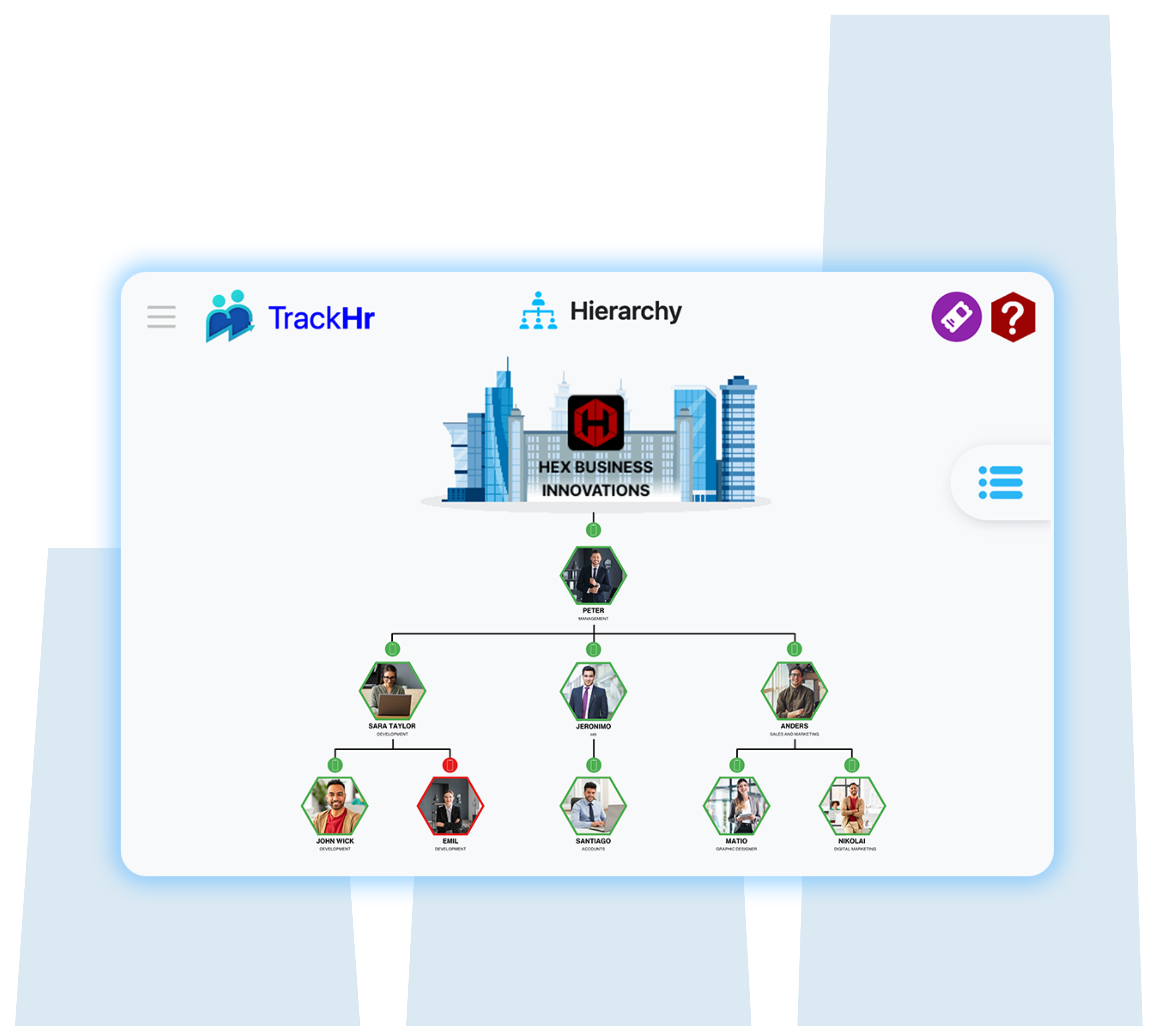Blog
Understanding Key Performance Areas in Your Business
- July 29, 2025
- 8:58 am
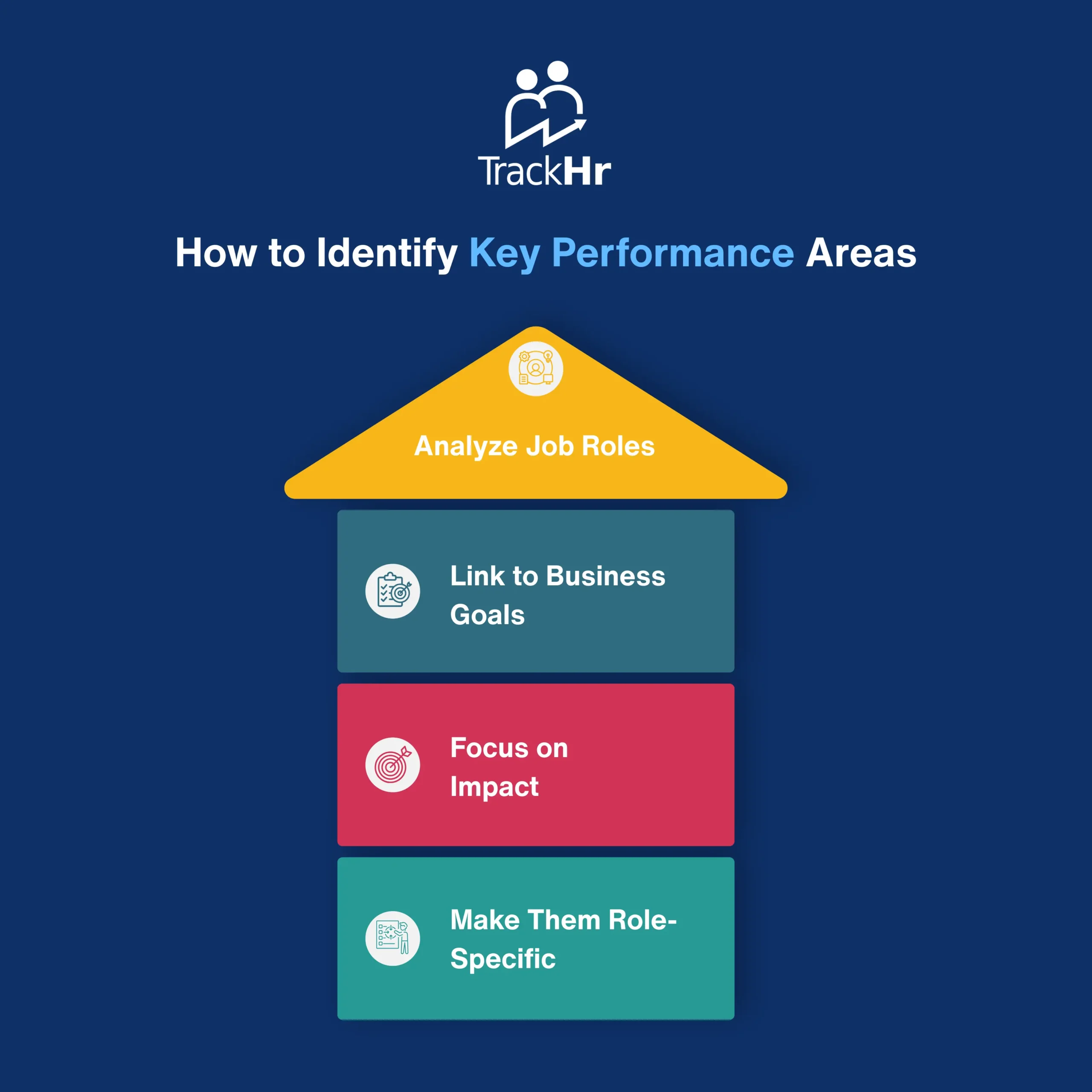
In the case of any organization that wants to expand and scale up, pinpointing and maximizing the performance of the Key Performance Areas (KPAs) is important. These are the main spheres of responsibility and output that are to be provided by an employee or a department in order to implement business objectives. Knowledge of KPAs will make sure that there is coherence between business on a daily basis and long-term strategic plans.
What Are Key Performance Areas (KPAs)?
Key Performance Areas are focal areas or regions of a business activity or job where involvement delivers key performance and supports the achievement of success. Depending on the measurable KPIs, KPAs determine what should be done and done well, the areas in which there is performance.
For example:
- KPA could be the lead generation of a Sales Manager.
- Employee retention could be the KPA of an HR Manager.
Why KPAs Matter in Business
Prioritizing the best KPAs assists:
- Put the work of teams into perspective to run a business.
- Define the individual roles and responsibilities.
- Better performance control and assessment.
- Improve decision-making in the targeted development.
How to Identify Key Performance Areas
To describe good KPAs:
- Analyse Job Roles: See the primary skills of every job.
- Connection to Business Goals: Secure that KPAs are aligned to organizational goals.
- Focus on Impact: Select spheres of activity in which performance directly influences success.
- Role-Orient Them: Personalise KPAs to group functions or to roles within a group.
Examples of Common KPAs
- Sales: lead conversion, revenue building, customer attainment.
- Marketing: Brand awareness, performance of campaign, and engagement rates.
- Operations: Efficiency, quality control, and logistics.
- Finance: Financial compliance, Finance expenditure, financial reporting.
- HR: Talent acquisition, employee engagement, compliance.
How to Use KPAs Effectively
- Set expectations: Communicate KPAs in a clear manner to teams.
- Combine with KPIs: Combine KPIs with the measures of effectiveness of every KPA.
- Review: Keep a track of the performance and modify KPAs.
- Give Feedback: Direct employees to be better in their areas of competence through mentoring and some of the tools.
Conclusion
The knowledge and application of Key Performance Areas in your business establishes order to performance, and accountability. KPAs will assist your organization to achieve productivity, efficiency, and success when aligned to your KPIs and business goals across all departments.
Table of Contents
Exhausted from managing performance management manually?


